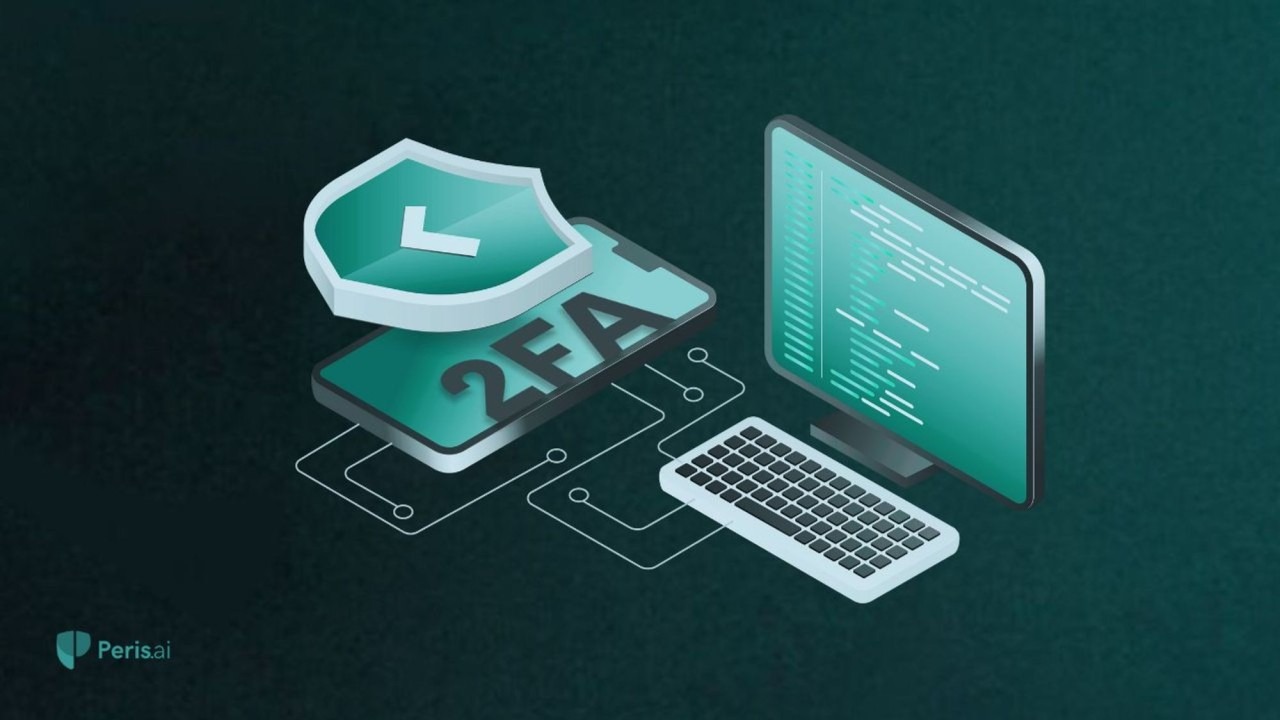Securing access to personal and professional information has become increasingly important as cyber threats continue to rise. Digital spaces now hold more data than ever before, ranging from sensitive emails and social media accounts to financial records and work-related documents.
Passwords alone are no longer enough to protect this information, especially when many users tend to repeat passwords across multiple platforms.

Passwords alone no longer guarantee protection against online attacks (Photo: Twitter)
The method of relying solely on passwords puts individuals and organisations at serious risk of breaches. It is within this reality that the need for an extra layer of security comes to light.
Two-factor authentication, often referred to as 2FA, serves as a protective shield that makes unauthorised access more difficult. This method demands a second form of verification apart from the usual password. It could be a fingerprint scan, a one-time password sent to a phone, or a special security key.
Each of these options adds another checkpoint to the login process, making it harder for hackers to gain access even if they manage to steal a password. Many companies now encourage their users to activate this added protection, and in some cases, it has become a mandatory requirement.
The Foundation of Better Online Security
At its core, two-factor authentication is designed to prevent breaches caused by stolen or guessed passwords. Even if someone manages to obtain login details, they still need access to a second verification method.
This second requirement often involves something only the real user possesses. By combining something the user knows, such as a password, with something the user has, such as a mobile device, security is greatly increased.
There has been a noticeable rise in cyberattacks targeting personal accounts and corporate systems. Phishing emails, keylogging software, and data leaks have become common tools in the hands of cybercriminals.
These methods are often successful because they rely on tricking users into handing over passwords or unknowingly allowing malware into their systems. However, when two-factor authentication is in place, gaining access requires more than just a password.
Protection Beyond Passwords
Many people still assume that strong passwords alone are enough. However, passwords are vulnerable to many forms of attack. Some attackers use advanced software that can test thousands of password combinations in minutes.
Others look for reused passwords from previous data breaches. Once one account is compromised, it can act as a gateway to other connected services. That is where two-factor authentication changes the situation by requiring an additional layer of confirmation.
This system does not replace passwords but supports them. Think of it as adding a second lock to a door. If one fails, the other still prevents entry.
This method is especially helpful for email accounts, which often act as recovery options for other services. If an email account gets hacked, it can lead to access to other platforms such as online banking, cloud storage, and work tools.
Forms of Two-Factor Authentication
There are several ways two-factor authentication can work, and the choice depends on what suits the user or organisation. One of the most common forms is the one-time password (OTP), usually sent via SMS or generated through an app. These codes are time-sensitive, usually lasting between 30 to 60 seconds, which limits the chances of misuse.
Biometric verification is another form that has become more common due to the rise in fingerprint and facial recognition technology. This method connects the account to something that only the owner physically has, which makes it hard to duplicate.
Security keys are another strong option. These are physical devices that must be inserted into a computer or connected via Bluetooth or NFC to complete login.
Mobile apps like Google Authenticator and Microsoft Authenticator generate OTPs without requiring internet access. They are often preferred because SMS-based methods can be intercepted or redirected by more sophisticated attackers. Regardless of the form it takes, the presence of two steps during login discourages unauthorised access.
Benefits for Individuals and Businesses
For individuals, the biggest advantage is peace of mind. Knowing that even if someone guesses or steals your password, they still cannot access your account without your second factor provides reassurance. This applies to social media platforms, personal emails, and even shopping apps that store credit card information.
For businesses, especially those dealing with customer data or internal systems, the benefits go even further. Introducing two-factor authentication can reduce the chances of data theft, financial fraud, and other forms of sabotage.
It builds trust with clients, as it shows a commitment to protecting sensitive data. However, it reduces the chances of internal threats, as employees are also required to verify their identity before accessing secure networks.
Preventing Damages Before They Begin
When cybercriminals gain access to sensitive data, the damage can be widespread and long-lasting. Financial losses, damage to reputation, and legal consequences are all possible outcomes.
With two-factor authentication, these issues can often be avoided entirely. Hackers may obtain login credentials, but they hit a barrier when they cannot complete the second verification step.
This measure is especially effective against automated attacks. Bots that scan the internet for weak accounts cannot easily bypass two-factor authentication. As a result, accounts with this protection are rarely selected as targets. This helps reduce the risk for both personal and corporate users.
The Need for Wider Adoption
Despite the clear advantages, many people still choose not to activate two-factor authentication. Some may see it as an inconvenience or may not fully understand how it works.
Others might assume that their accounts are not valuable enough to attract attention from hackers. These assumptions can be dangerous, as every digital account holds some form of useful data.
Wider use of two-factor authentication could make the internet safer for everyone. When more people adopt this system, it becomes harder for cyber attackers to succeed. It creates a digital environment where breaking into systems is more difficult and less rewarding for criminals.
Future Outlook for Digital Safety
As technology continues to advance, so do the techniques used by cyber attackers. That is why it is necessary to stay a step ahead. Two-factor authentication remains one of the most effective tools available today.

Two-factor authentication adds a vital extra layer of security (Photo: Getty Images)
Although it is not perfect and should be combined with other safety measures such as regular password updates and secure networks, it provides a dependable defence line.
Technology companies continue to develop new ways of making verification easier and more secure. From improved biometrics to advanced security keys that use built-in encryption, the options keep growing. This ensures that users can find methods that suit their lifestyle or workplace needs.
Why Now Is the Right Time
The current digital environment requires more than just the traditional password. As people conduct more aspects of life online, the risks grow.
Personal data, business files, banking records, and even medical information are all now online. Waiting for an incident before taking action can result in damages that are difficult to reverse.
Taking steps now helps prevent regret later. Activating two-factor authentication takes only a few minutes, but its protection lasts for as long as it remains active.
It is a small effort that can prevent major problems. Whether for personal use or business operations, adding that second layer can make a difference that matters.
Building a Culture of Caution
Encouraging others to use two-factor authentication can help build better habits. Schools, companies, and communities can raise awareness by including it in discussions about online safety. When more people understand how easy it is to activate and use, the number of protected accounts will rise.
Support from technology companies is also vital. Making two-factor authentication a default option during account setup will help improve usage rates. By giving users simple instructions and tools to manage their verification process, companies can ensure stronger security for everyone.
Choosing to activate two-factor authentication is not just a technical decision, but a smart move for personal safety and collective security. It reflects awareness of current threats and a willingness to protect oneself against them.
Whether you are managing a single social media account or an entire company network, taking this extra step shows responsibility and readiness.
























